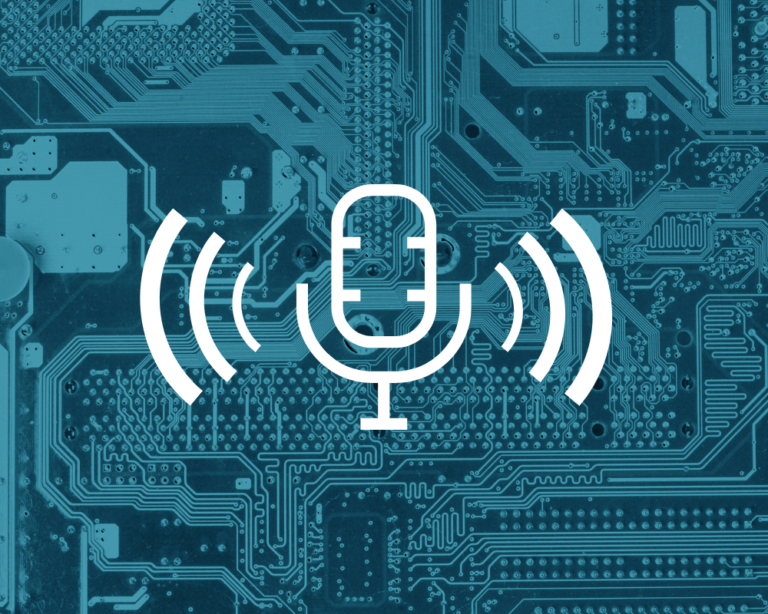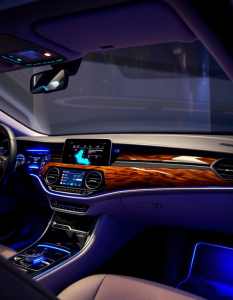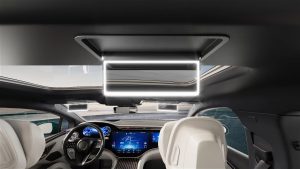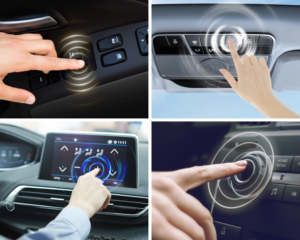With the continuous advancement of technology, MEMS microphones are progressively poised to embrace smarter developments in the fields of audio and sensor technology. In diesem Blogbeitrag, we explore five major directions for the future development of MEMS microphones.
Miniaturization and system integration in design
The technological advantage of MEMS lies in its ability to drastically miniaturize microphone components and facilitate easy integration into chip designs. As spatial constraints in devices continue to optimize, MEMS microphones are poised to be applied in automotive media devices or control panels. This trend towards miniaturization and integration promises to enhance the user experience in driving.
Functionality and power consumption optimization
To meet increased lifespan requirements for MEMS microphones, future advancements will focus on optimizing power consumption performance. By employing low-power and more intelligent signal processing technologies, MEMS microphones can not only achieve high performance but also enhance operational longevity.
Multifaceted functionality integration
In Zukunft, MEMS microphones will not only serve as sound reception components but will also integrate multiple sensing functions. By combining various detection elements, they will enhance the perception and detection of driving operations, providing more comprehensive data support for media devices.
Expansion of Intelligent Applications
With the continuous development of artificial intelligence technology, MEMS microphones will evolve in voice recognition control and sensing capabilities. By integrating more closely with algorithmic code, MEMS microphones will achieve more advanced recognition and sensing functions, creating a more intelligent human-machine interaction experience.
Expansion of application scenarios
MEMS microphones will be applied in AR fields, smart autonomous driving, intelligent detection of driving habits, and the creation of smart car cabins. MEMS microphones will become an indispensable part of these technologies.
Abschluss:
Die Zukunftsaussichten für MEMS-Mikrofone sind überaus vielversprechend. Ihre Tendenzen zur Miniaturisierung, Multifunktionalität, und ihre Intelligenz wird es ihnen ermöglichen, in verschiedenen Anwendungen eine immer wichtigere Rolle zu spielen. Mit kontinuierlichen technologischen Fortschritten und wachsender Marktnachfrage, Wir können davon ausgehen, dass MEMS-Mikrofone mehr Innovation und Komfort in unser Leben und unsere technologischen Anwendungen bringen werden.







